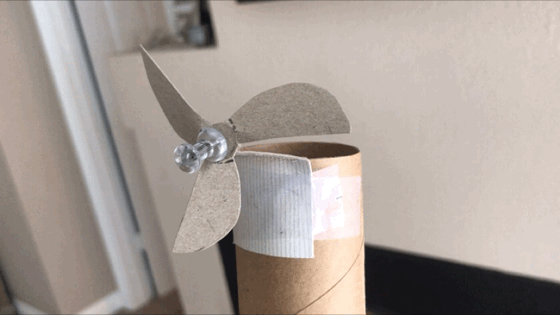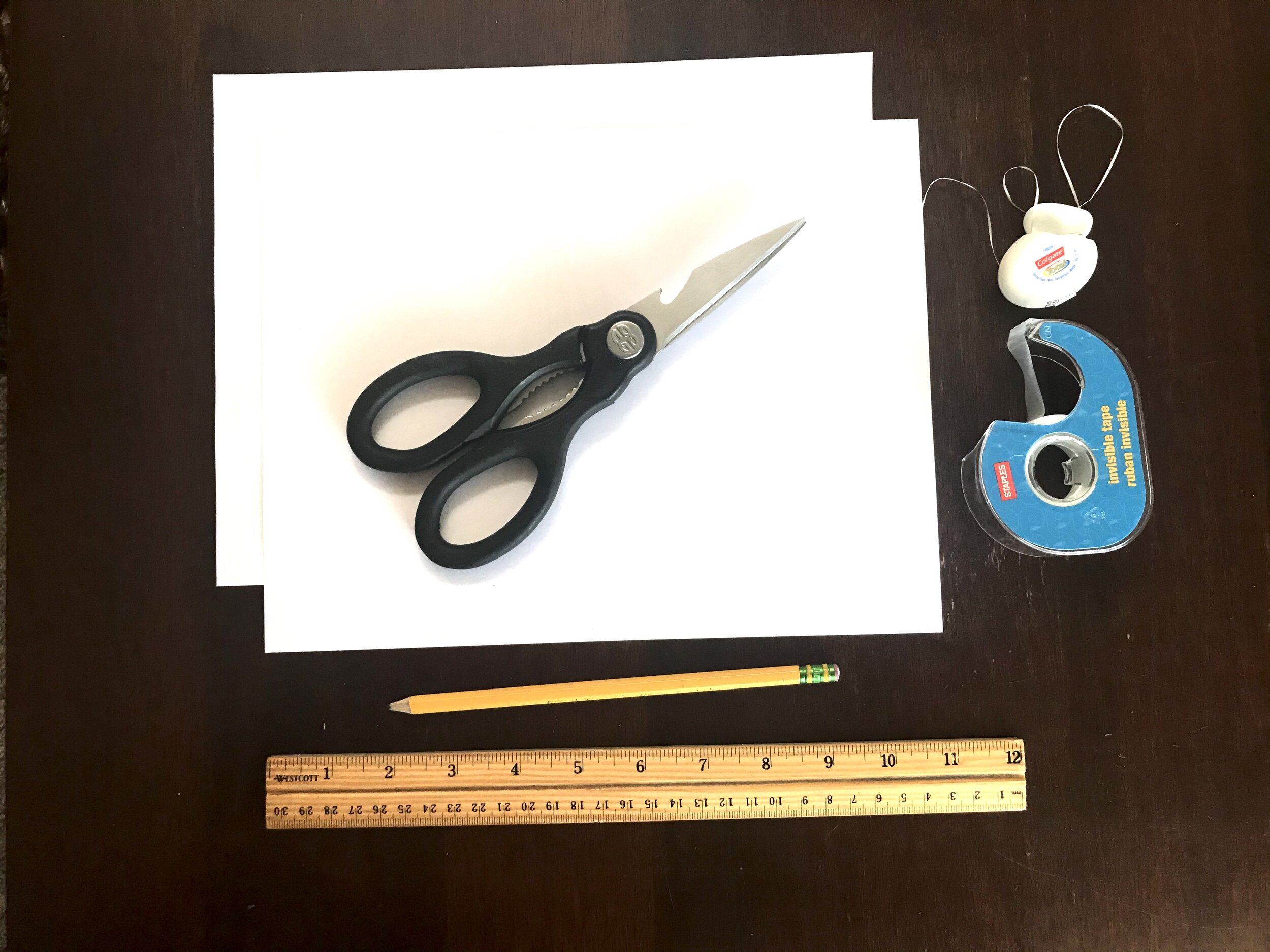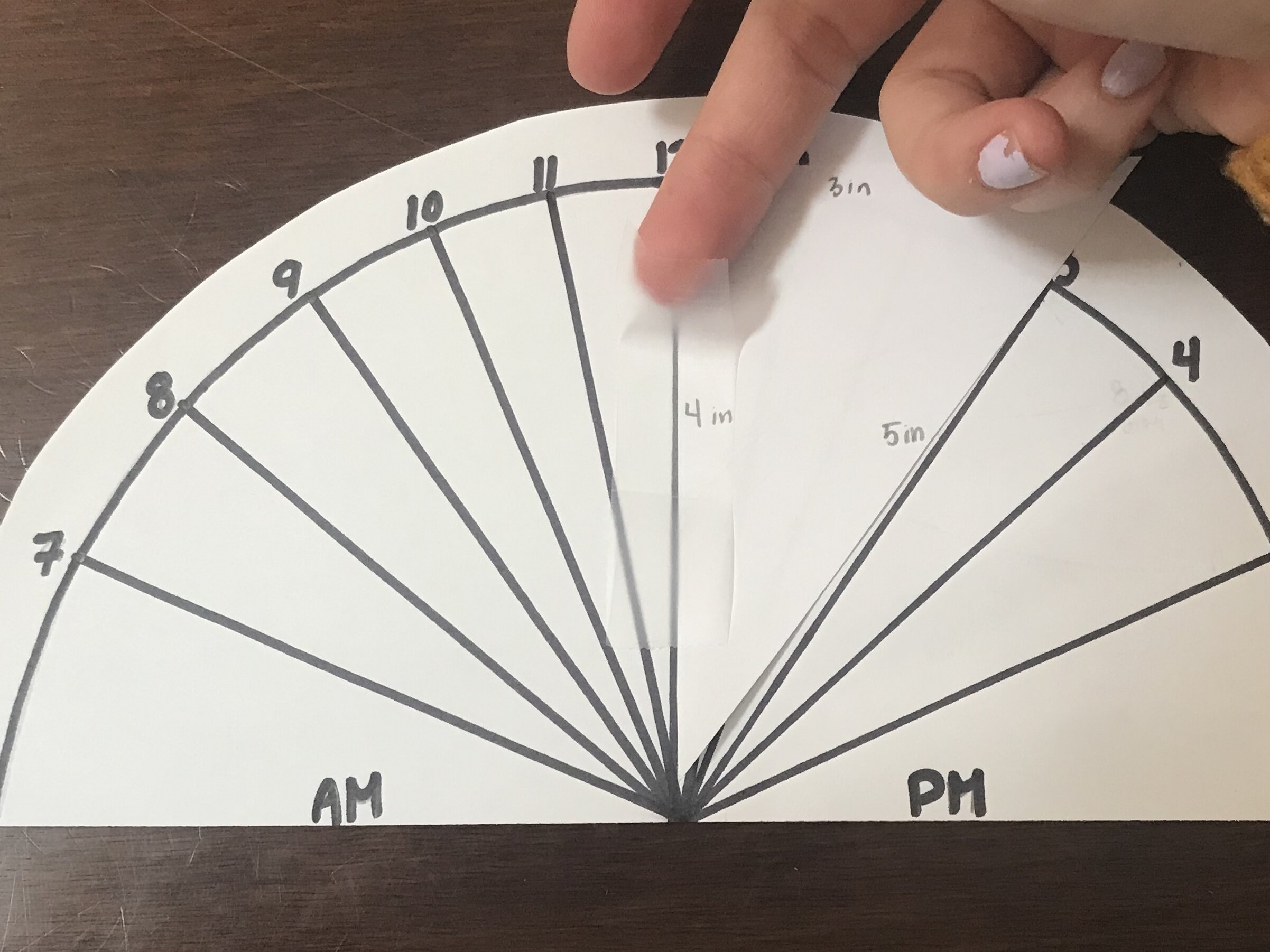Welcome to Change is Simple’s Online Learning Platform!
Overview: Today we are going to be taking a look at the largest living things on earth…..TREES!! Trees provide us with so much and are a very important piece to our environment. Over the next few days, we are going to take a closer look at some different types of trees and how to identify them in a few different ways. These activities are for all ages.
Grade Level: K-6
Theme: Natural Systems, Natural Resources
Supervision needed? No
Essential Questions:
Why are trees so important?
What is the scientific process that trees go through to create oxygen?
Materials Needed:
Pencil
Paper
Camera
Standards:
Check out the video below to learn about why trees are so important and one way to identify trees……there will be some questions to answer from the video, so pay attention!
Why are trees important?
Hopefully, you were paying attention to the video, let’s see if you can answer these questions:
Write 2-3 sentences on why trees’ roots are so important.
What gas do trees take in and what gas do they provide us? What is that scientific process called?
Explain how trees can help you save energy at home.
Write 4-5 sentences on how the trees around where you live are helping your environment and you. (ex: shading your house, providing a home for animals, helping the soil around your home)
Activity: Now let’s get to know some trees!
Head outside and try to find 5 different trees to identify, bring a piece of paper and something to write with
Take some notes on the tree bark that you are identifying, be looking at the Texture, Color, and Pattern. Look below to see some examples.
With the notes that you took, use the Bark ID guides below to help you identify the trees
If you are located outside of the northeast, just search Bark ID guide for your area to help you out.
Take pictures of the unique bark patterns you find and send them in!
Research to see if those trees are native to your area?
Native trees help local ecosystems and are much more beneficial to your local ecosystem than invasive trees
Invasive Species: These are species that are not from the area and has spread because many do not have predators in the new area. Invasive species usually are harmful to ecosystem that they don’t belong in.
What to look for when Identifying a tree by its bark:
Texture- Smooth, rough, shaggy
Color- White, brown, multi-colored
Patterns- ridges: deep, shallow, horizontal, vertical; scaled, spotted, plain
American Beech
White Pine
Cedar
Sycamore
White Birch
Norway Maple
Tree ID Guides:
Tree Math!!
If every minute about 36 football fields worth of trees are cut down, how many football fields worth of trees would be cut down in 8 minutes?
A tree grows about 2 feet a year. How long would it take to grow your height?
One tree can make 8,300 sheets of paper. The average person uses about 7 trees worth of paper in one year. How many sheets of paper would the average person use in one year?
Recycling 1 ton of paper can save 17 trees. Your school uses 6 tons of paper a year, if you recycle half of that paper, how many trees can you save?




































